Optimal Timing for Shower Installations
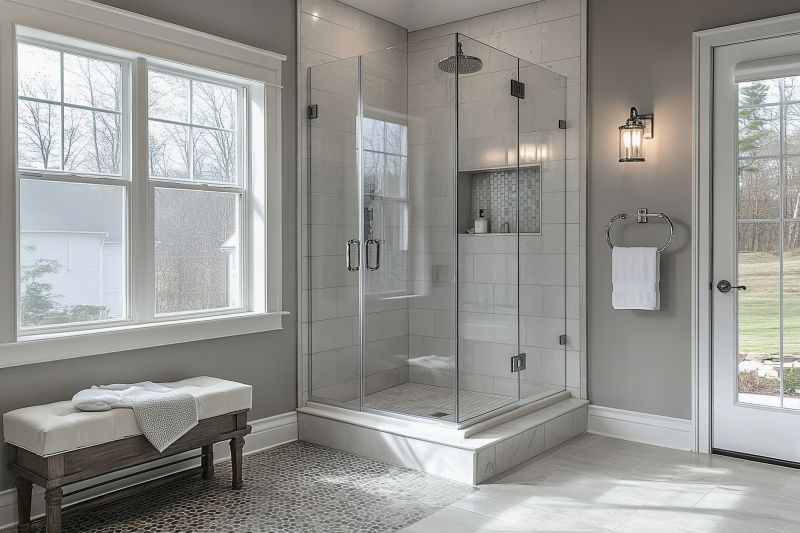
Spring offers moderate weather conditions ideal for indoor renovations like shower installations, reducing delays caused by extreme temperatures.
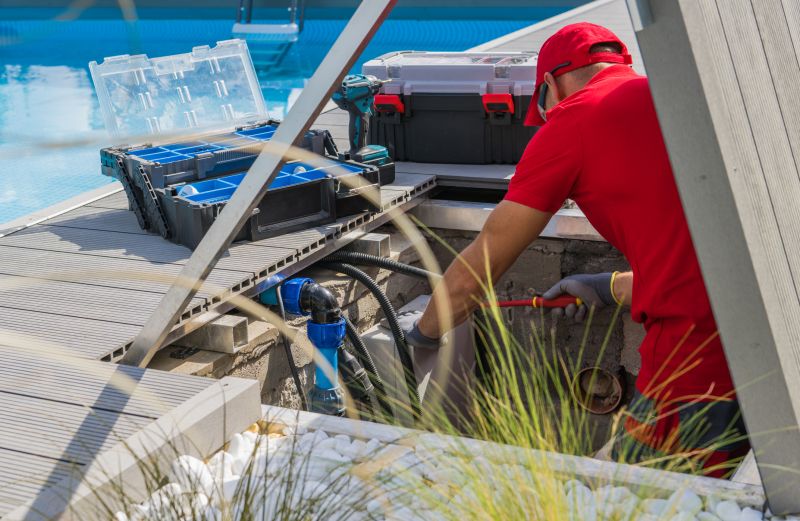
Summer allows for flexible scheduling and easier access to work areas, especially if renovations are planned alongside other home improvements.
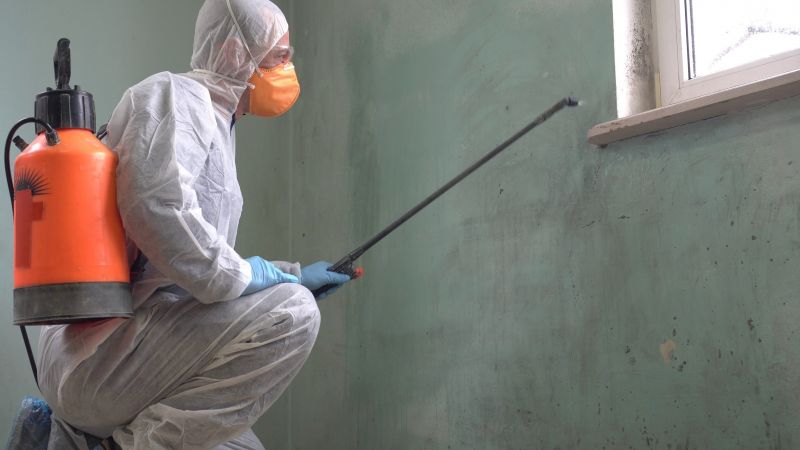
Fall provides cooler temperatures and less humidity, which can help with drying times and reduce the risk of mold during installation.

Winter can pose challenges due to cold weather and potential delays, but indoor projects like shower installations can proceed with proper planning.
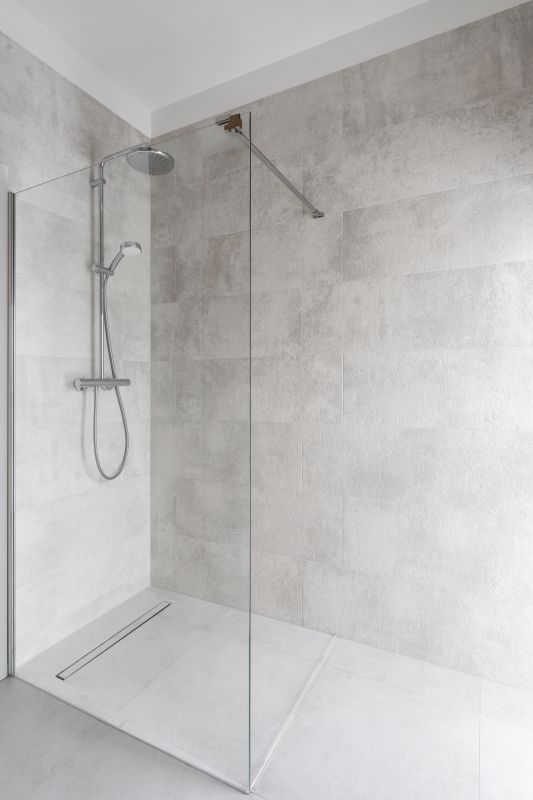
The best seasons for shower installations are typically spring and fall, when weather conditions are favorable and scheduling is more flexible.
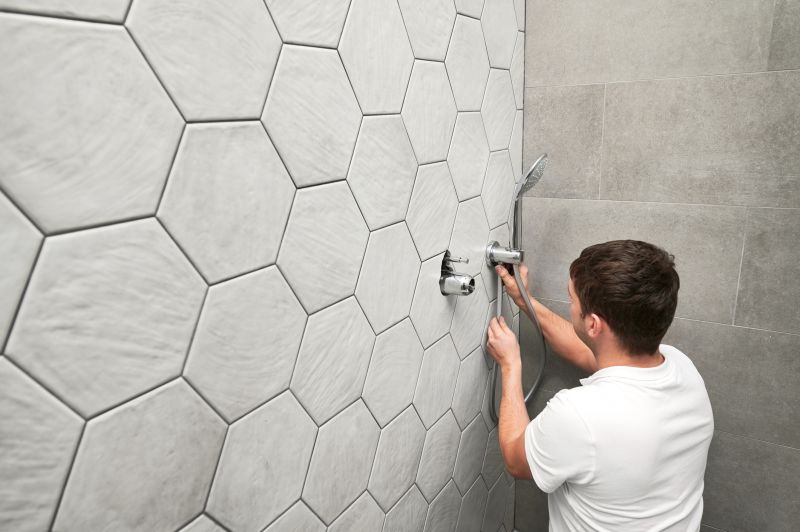
Since shower installations are primarily indoor projects, timing can be flexible year-round, provided the home environment is controlled.
Statistics indicate that most homeowners prefer to schedule bathroom upgrades during spring and fall, aligning with moderate weather conditions and better contractor availability. Proper preparation and timing can reduce project duration and improve quality outcomes. Whether upgrading for aesthetic reasons or functionality, choosing the right time for installation is a key step in ensuring satisfaction with the finished product.
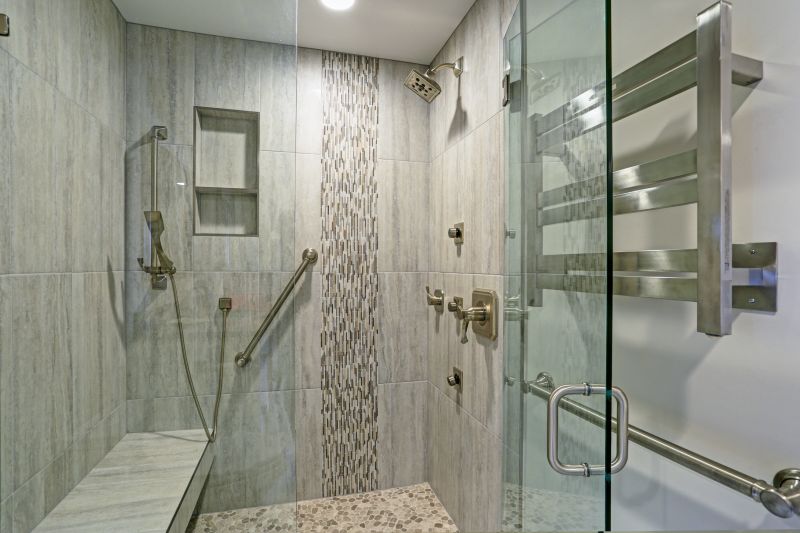
Contemporary shower installations feature sleek designs with advanced fixtures, enhancing bathroom aesthetics.
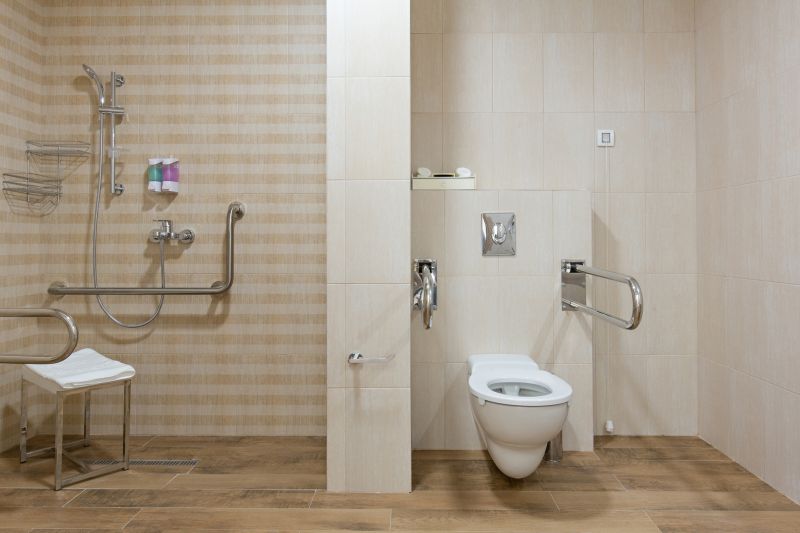
Custom installations allow for tailored solutions that fit unique bathroom layouts and personal preferences.
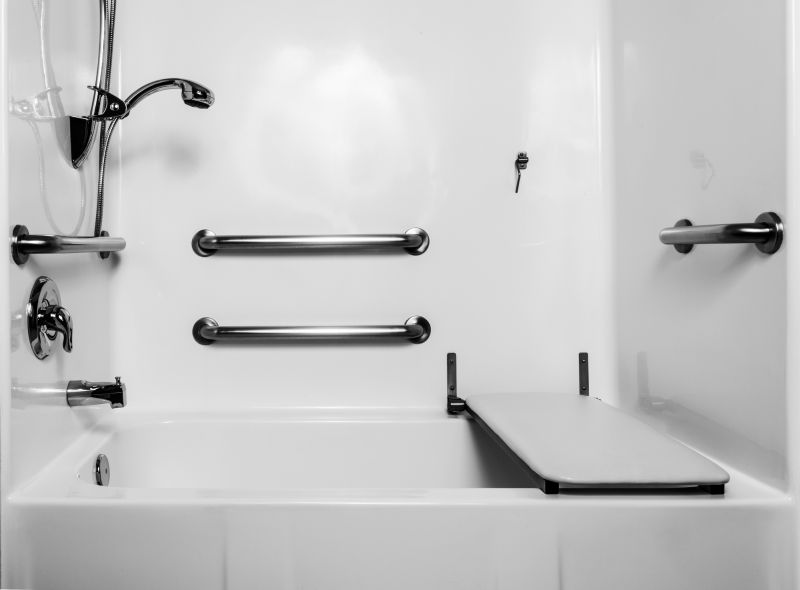
Installing accessible showers improves safety and usability for individuals with mobility challenges.
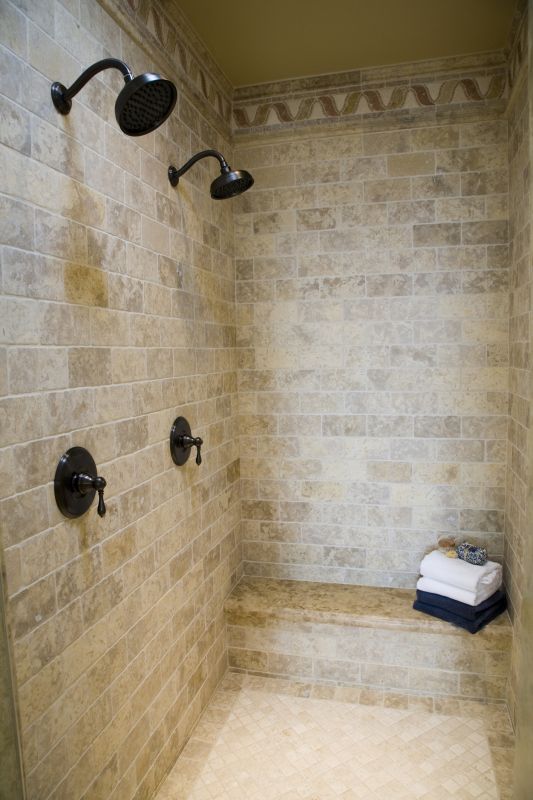
Using durable materials ensures longevity and reduces maintenance needs for shower installations.
Installation duration varies but generally ranges from one to three days depending on complexity.
Yes, indoor projects like shower installations can proceed any time of year with proper planning.
Weather conditions, contractor availability, and project scope are key factors in timing decisions.
Scheduling during off-peak seasons can lead to shorter wait times and potentially lower costs.




